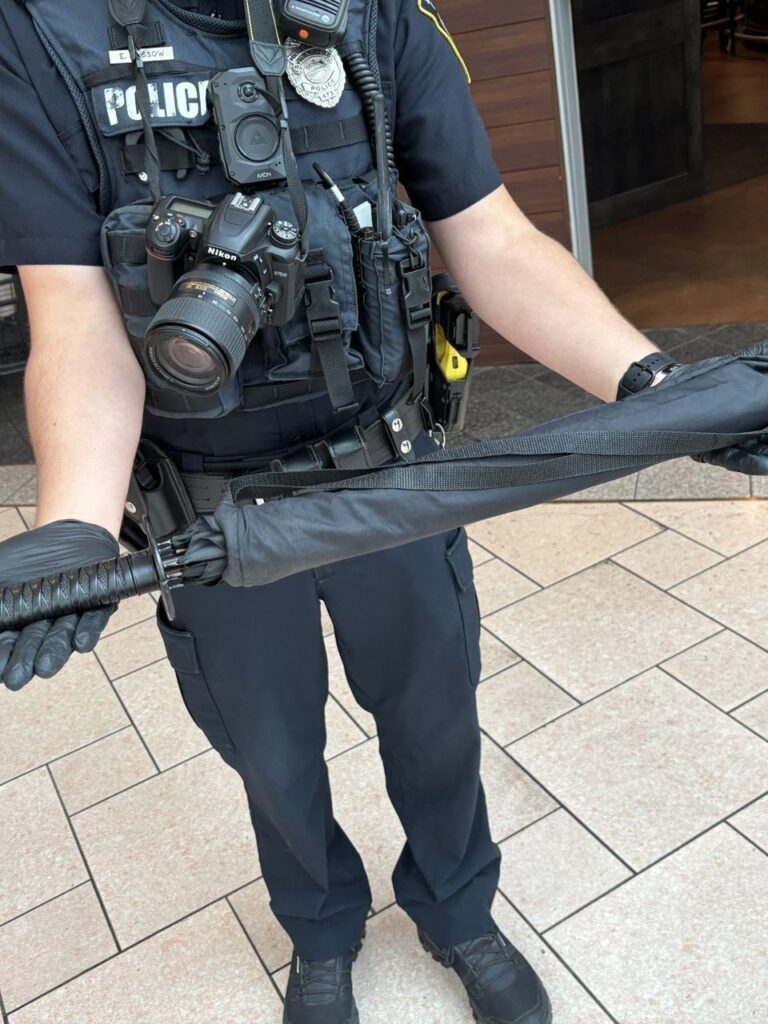
On a quiet Sunday in Syracuse, New York, what should have been a normal day of shopping turned into chaos. Destiny USA, the state’s largest mall, saw crowds rushing for the exits and stores going into lockdown after reports of a possible active shooter. Police cars and emergency teams flooded the area.The cause? Not a weapon, not gunfire—an umbrella.A man was carrying an umbrella with a samurai-style handle. From a distance, several people thought it looked like a rifle. Within minutes, frightened shoppers called 911, and what followed was a chain reaction of fear.Police quickly determined there was no real threat, no gun, and no injuries. The man cooperated fully, and no charges were filed. Still, the panic was real.
Why the Panic Felt So Real
Incidents like this don’t happen in a vacuum. The U.S. has seen hundreds of mass shootings each year, many of them in public spaces like schools, malls, and entertainment venues. That backdrop shapes how people respond.In today’s climate, when someone sees something that even slightly resembles a gun, the instinct is to assume the worst. No one wants to risk waiting to find out. As a result, a harmless object can be enough to trigger mass fear.
The Role of Public Spaces
Malls are designed to feel safe—bright lights, security guards, cameras. Yet, they’re also crowded, open environments where people feel vulnerable. Destiny USA, in particular, is a huge shopping center with multiple floors and heavy foot traffic. That makes it both a community hub and a place where fear can spread like wildfire.
The challenge for mall security and police is that they have to respond as if the threat is real until proven otherwise. Ignoring a call could have tragic consequences if it turns out to be genuine. But each false alarm reinforces how fragile that sense of safety really is.
A Bigger Conversation
This story raises some important questions:
How do we balance vigilance with calm? People want to stay alert, but constant fear can lead to overreaction.
Should public awareness campaigns teach people to better identify threats? Or is it safer to err on the side of caution, even if it means more false alarms?
How do communities heal from the constant anxiety of “what if”?
These aren’t easy questions, but they reflect the reality of living in a society where mass violence is a possibility that sits in the back of everyone’s mind.
This story raises some important questions:
How do we balance vigilance with calm? People want to stay alert, but constant fear can lead to overreaction.
Should public awareness campaigns teach people to better identify threats? Or is it safer to err on the side of caution, even if it means more false alarms?
How do communities heal from the constant anxiety of “what if”?
These aren’t easy questions, but they reflect the reality of living in a society where mass violence is a possibility that sits in the back of everyone’s mind.